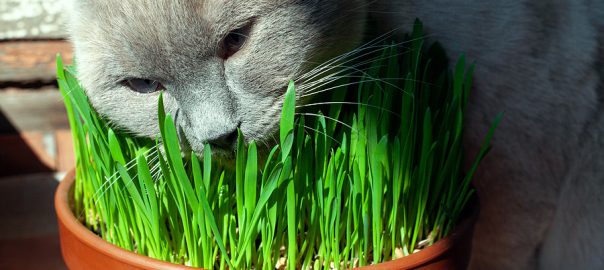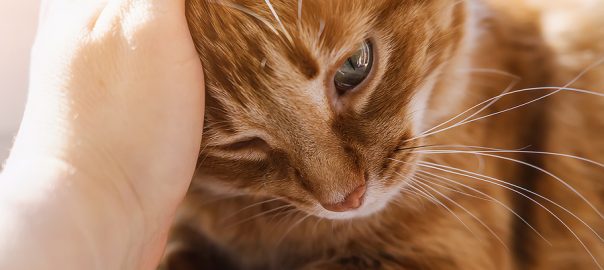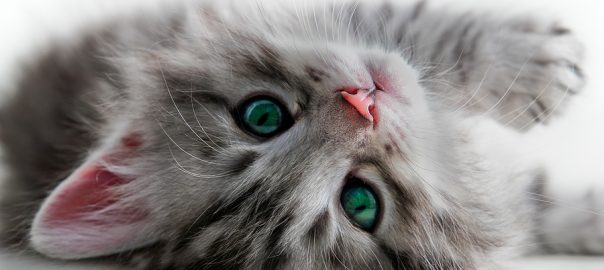Kids and dogs go together like peanut butter and chocolate, and a study published last month in the journal PLOS One shows that their connection has real benefits.
Researchers found in the randomized controlled trial that schoolchildren who spent time with a dog twice a week for 20 minutes over the course of four weeks had significantly lower stress than children in relaxation groups or control groups with no treatment. Stress was measured by levels of cortisol — the stress hormone — in saliva.
During the school term, children in dog intervention groups showed no baseline stress level increases, and their cortisol levels decreased following the dog interactions. In contrast, the children who received no treatment or who were in the guided relaxation intervention group experienced increases in baseline cortisol levels by the end of the school year.
There’s more in Pet Connection, the weekly nationally syndicated pet feature I co-write with Kim Campbell Thornton and my daughter, trainer Mikkel Becker.




